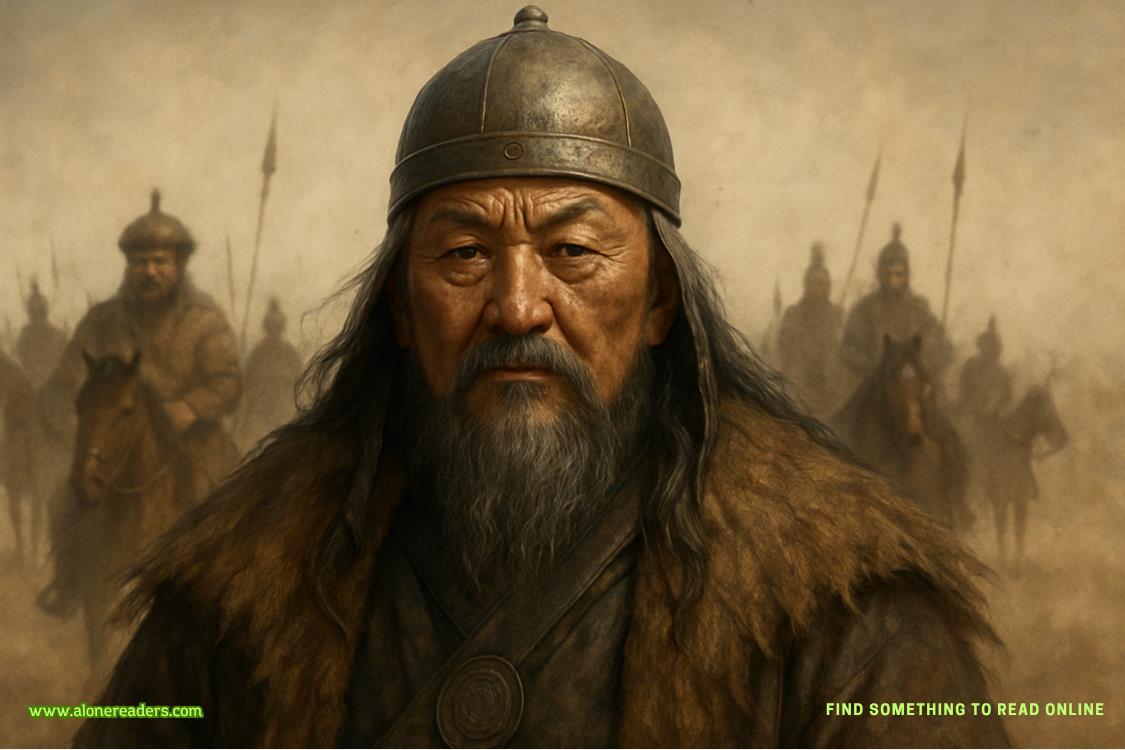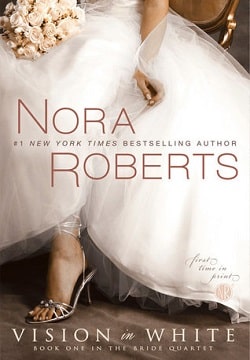They certainly don’t live their lives in front of film and news cameras.
After all, that’s what had happened with his first wife, Universal Pictures’ “Oomph Girl,” Dorothy Arnold, whom he divorced in 1944. Though she’d been a successful actress on stage, screen, and radio, Arnold gave it all up when they’d married in 1939 and had a son, Joe Jr., in 1941. Why won’t Marilyn do the same?
DiMaggio wants to give Marilyn every luxury and more, but America’s favorite unmarried couple is locked in conflict about their real-life roles.
“We’ll buy a house in San Francisco,” he says, “and just live a simpler life.”
“At the expense of my career?” Marilyn counters. “Absolutely not.”
He storms out one October night when she accuses him of “a lot of name-calling.”
Marilyn wrestles with the differences between them.Joe is always cool and practical. When I get excited over some magazine giving me a big picture spread, he grins and sneers a little.
“Yes, but where’s the money?” he asks.
“It’s the publicity,” I yell back.
“Money is better,” he says in the quiet way men use when they think they have won an argument.
It’s an impossible choice.I didn’t want to give up my career and that’s what Joe wanted me to do most of all. He wanted me to be the beautiful ex-actress, just like he was the great former ballplayer. We were to ride into the sunset together. But I wasn’t ready for that kind of journey. I wasn’t even thirty, for heaven’s sake.
The uneasy feeling continues when they return to New York. At Toots Shor’s, the food is “nuttin’ fancy,” though fame is very much on the menu. Everyone looks at Frank Sinatra, Jackie Gleason, Yogi Berra, Ernest Hemingway, and Joe DiMaggio, but no one bothers them. When a woman, even Marilyn, walks into the dining room, the maître d’ looks right through her.
DiMaggio’s been covering the 1952 Yankees as a guest analyst for PIX television. But as graceful as he was playing center field and running the bases, his color commentary is strained and awkward.
After his very first broadcast, DiMaggio telephoned Marilyn, asking for her impressions.
He’s a really shy guy,she thought at the time.That’s why I have to be so careful what I say about him.
As he continues to miss his cues and stumble over his words in postgame interviews, Marilyn tries to help. But he’s not interested in the breathing techniques she’s learned from Natasha Lytess and at the Actors Lab.
On September 2, three days ahead of the release ofMonkey Business,Fox arranges for Marilyn to appear in Atlantic City,New Jersey, as the 1952 Miss America Pageant Grand Marshal. Wearing a polka-dot day dress, she poses with representatives of the women’s armed services.
Movietone News’s segment “Beauties on Parade” shows her waving from the back of an open-topped convertible. She’s wearing a gown the studio provided, a black-and-white chiffon number with deep V’s cut in the front and back.
“We give you Marilyn Monroe,” intones the voiceover. “The brightest star in the 1952 heavens.Good heavens!”
“People were staring down at me all day,” she says to a journalist, “but I thought they were admiring my grand marshal’s badge.”
For her sexy glamour, Marilyn draws frequent comparisons with the Depression-era platinum-blond Jean Harlow, who cemented her stardom in a film titledBlonde Bombshell.Knowing how personal tidbits delight gossip columnists, Marilyn lets drop her preference for wearing “nothing, but nothing at all—no panties, slips, girdles or bras beneath my outerwear. I like to feel unhampered.”
When he sees the photos, Joe DiMaggio telephones Marilyn. He’s incensed at the display organized by Fox. “Show them nothing,” he demands. “And wear your own goddamn clothes.”
The truth is, she doesn’t have many.Niagaradirector Henry Hathaway had initially asked Marilyn to wear her own clothes during some of the filming, until it was revealed she had nothing appropriate except some casual-wear and the black suit she’d purchased for Johnny Hyde’s funeral.
DiMaggio flies to Los Angeles and takes her shopping on Rodeo Drive in Beverly Hills. The shop assistant averts hereyes at the glimpse of Miss Monroe changing behind the curtains with not a stitch of underclothes. She tries a few modest frocks, only to emerge in tight slacks and even tighter tops.
Why does she need all this attention?DiMaggio fumes.
Marilyn’s rented house in West Hollywood is too accessible to photographers determined to snap her comings and goings, especially when she’s with Joe. They find a new address—2393 Castilian Drive—together.
The rental home in the Outpost Estates is nestled among the canyons of the Hollywood Hills. It’s also a longer drive to the Fox lot, where in November she begins shooting her second picture directed by Howard Hawks,Gentlemen Prefer Blondes.
Hawks’s interest lies in the comedic character of the work. He has no desire to shoot the song-and-dance numbers in the film adaptation of the book-turned-silent-film-turned-hit-Broadway-musical. Marilyn begins working with vocal coach Hal Schaefer in preparation for her solo number. Schaefer, also an accomplished jazz pianist and nightclub performer, gives her a 1950 Ella Fitzgerald record,Ella Sings Gershwin.Marilyn listens to it over and over again as a tutorial on musical phrasing.
Choreographer Jack Cole directs the dance numbers, rehearsing Marilyn for hours in “Diamonds Are a Girl’s Best Friend,” which Schaefer arranges. Marilyn practices “the hell out of it” with Cole’s assistant, Gwen Verdon.
Marilyn and Jane Russell play Lorelei Lee and Dorothy Shaw, fast friends and showgirls. “Marilyn and I had never danced before; we were a pair of klutzes,” Russell says. “Jack was horrible to his own dancers, but with us, the two broads,he had the patience of Job. He would show us and show us and then turn us over to Gwen.”















